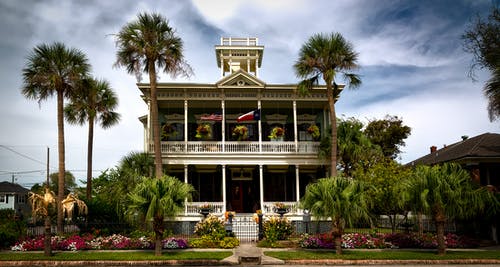Landscape painting, also known by the term landscape art, refers to the painting of actual natural scenery, such as hills and valleys, forests, rivers and rocks. The focus is often on a wide flat view without any visual or technical references. Landscape paintings are often executed on a smaller scale, mimicking the look of real life. In most cases, all the aspects of the painting is done at the same high resolution. The viewer can see every detail in landscape paintings and is able to appreciate the beauty of the environment.
Landscape paintings have been around since ancient times. Many of the Western artistic traditions can be traced back to ancient artworks that depict outdoor scenes. These works were typically inspired by nature, particularly the flora and fauna. Contemporary artists use landscapes to express contemporary artistic visions.
Paintings and sculptures in the genre are now considered to be fine art, according to the American Society of Landscape Artists. While landscape paintings are often made for public display, some people have created their own landscapes. Some people prefer to create their own artwork over buying pre-made pieces. Before you embark on this project, you should be fully familiar with how landscape paintings should look.

There are a few key principles that will help you create beautiful landscape paintings. Your subject size should determine the size of your canvas. Larger subjects require large canvases. Water colors are highly recommended. You should not overload the canvas with too many colours. Visual tangents are avoided by using smooth, flowing strokes which don’t appear choppy.
Before starting to paint, it is important to prepare the surface on which you will be painting. To protect the canvas, lay down a piece of paper. Next, use a dry, clean palette to sketch the canvas. After you have selected the subject you wish to paint, take a soft bristled brush and dip it into some water. Once you are done, you can add more color to your sketch with the wet brush.
A stream or lake is a popular subject for landscape painting. Depending on your taste, you can add additional elements to your landscape painting, such as small rocks and waterfalls, or fountains. You can include human figures, animals, or reptiles and amphibians. The main key to achieving an excellent landscape painting is to determine which parts of the subject will be painted first. If you are not a skilled painter, you can always paint sections. A seamless border will ensure that your painting does not appear choppy.
After taking note of the main colors used for the subject, you can paint the scenery. You can paint the scenery if you have used red for your subject. If so, you can either use a lighter color or darker to dye the plants. You can also add more of the main color, if it suits your purposes, to the water features that you have painted. You should also consider objects that might be near the water when you are painting.
Many people love large landscape paintings that are large enough to be hung on large walls. This is a great way of decorating large rooms. You can bring the same subject closer by having it slightly distant from the wall. You can do this by making it appear thicker between the points. To get a different perspective on your subject, you can try different angles or move your camera sideways.